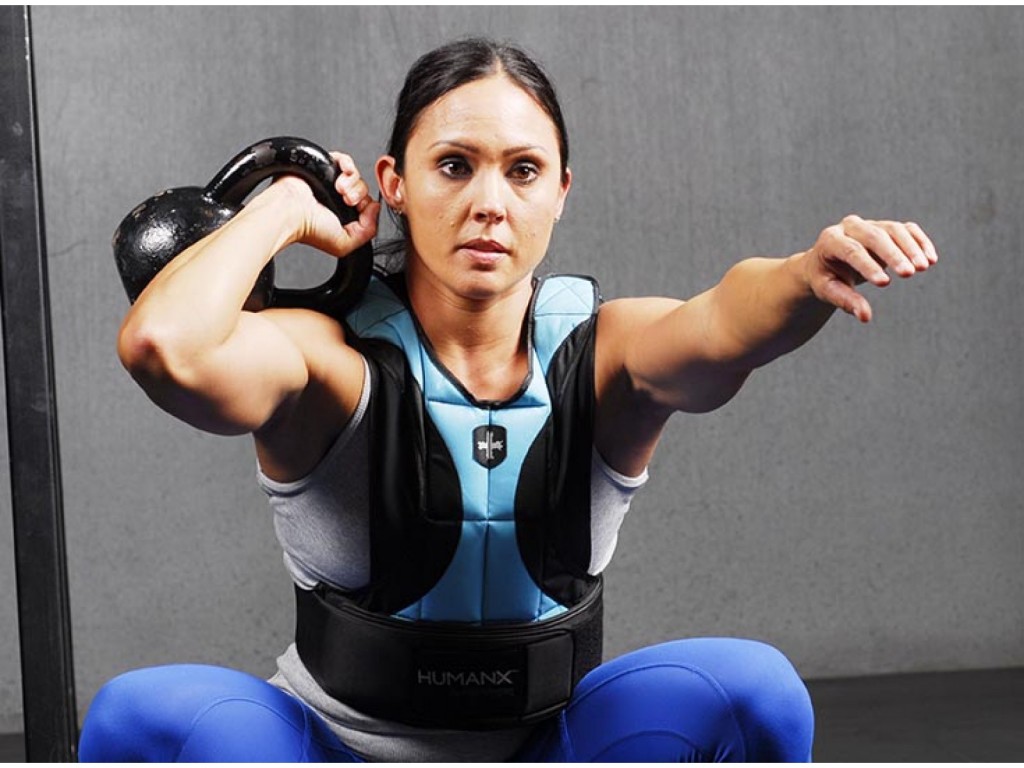
In today’s world, personal safety is a paramount concern for women everywhere. While we strive for a society free from violence and aggression, it’s crucial for women to equip themselves with the skills and knowledge necessary to protect themselves in potentially dangerous situations. Empowerment through self-defense not only provides women with the physical tools to defend themselves but also cultivates a sense of confidence, awareness, and empowerment. In this comprehensive guide, we’ll explore the principles and techniques of self-defense for women, empowering them to take control of their own safety and well-being.
Awareness and Prevention
The first line of defense in any self-defense situation is awareness. Being aware of your surroundings and potential threats can help you avoid dangerous situations before they escalate. Trust your instincts and pay attention to your gut feelings— if something doesn’t feel right, it’s better to err on the side of caution and remove yourself from the situation.
Additionally, practice situational awareness by scanning your environment and identifying potential hazards or escape routes. Avoid walking alone in poorly lit areas, unfamiliar neighborhoods, or isolated places, especially at night. When going out, let someone know your whereabouts and when you expect to return. By taking proactive steps to prevent dangerous situations, you can minimize your risk of becoming a target.
Self-Defense Techniques
In the event that you find yourself in a threatening situation, having basic self-defense skills can be invaluable. While physical confrontation should always be a last resort, knowing how to defend yourself can give you the confidence and ability to escape safely. Learning key defense moves from disciplines such as Krav Maga is one way to feel confident and comfortable. If you’re wondering how long does it take to learn Krav Maga, experts state there is no specific timescale, but there are three grading systems. Here are some essential self-defense techniques for women:
- Strike at vulnerable areas: Aim for the eyes, nose, throat, groin, or knees—these are all vulnerable areas that can incapacitate an attacker and give you an opportunity to escape.
- Use your body as a weapon: Utilize your elbows, knees, and feet to deliver powerful strikes to your attacker’s body.
- Practice assertive body language: Stand tall, make eye contact, and use a strong voice to assert your boundaries and deter potential attackers.
- Practice escapes and releases: Learn how to break free from common grabs and holds, such as wrist grabs, chokeholds, and bear hugs.
- Utilize improvised weapons: If available, use everyday objects such as keys, pens, or bags to defend yourself and create distance from your attacker.
Mental and Emotional Preparedness
Self-defense is not just about physical techniques—it also involves mental and emotional preparedness. Develop a strong sense of self-confidence and assertiveness, believing in your ability to defend yourself if necessary. Practice visualization techniques to mentally rehearse potential self-defense scenarios and plan your responses in advance.
Additionally, cultivate a mindset of empowerment and resilience, recognizing that your worth and value are not defined by your ability to physically defend yourself. Surround yourself with a supportive network of friends, family, and mentors who uplift and empower you, and seek professional help if you’ve experienced trauma or abuse.
Ongoing Training and Practice
Like any skill, self-defense requires ongoing training and practice to maintain proficiency. Consider taking a self-defense class specifically designed for women, which can provide hands-on instruction in a safe and supportive environment. Look for classes that focus on realistic scenarios and practical techniques that are applicable to real-life situations.
In addition to formal training, incorporate self-defense drills and exercises into your regular fitness routine. Practice basic strikes, releases, and escapes with a partner or on a punching bag to build muscle memory and improve your reflexes. Remember that self-defense is a skill that improves with practice, so make it a priority to consistently hone your abilities.
Advocacy and Community Support
In addition to individual empowerment, women’s self-defense is also about advocating for systemic change and creating safer communities for everyone. Support initiatives and organizations that work to prevent violence against women, promote gender equality, and provide resources and support for survivors of violence.
Educate yourself and others about the root causes of violence against women, including misogyny, sexism, and gender-based discrimination. Challenge harmful stereotypes and attitudes that perpetuate violence and victim-blaming, and work towards creating a culture of respect, consent, and accountability.
Conclusion
Empowerment through self-defense is not just about learning physical techniques—it’s about cultivating a mindset of confidence, awareness, and resilience that enables women to assert their boundaries, protect themselves, and live with dignity and autonomy. By prioritizing awareness and prevention, learning self-defense techniques, cultivating mental and emotional preparedness, engaging in ongoing training and practice, and advocating for systemic change, women can reclaim their power and take control of their own safety and well-being. Together, let’s work towards a world where every woman feels empowered to navigate life’s challenges with strength, courage, and resilience.

















Follow Us